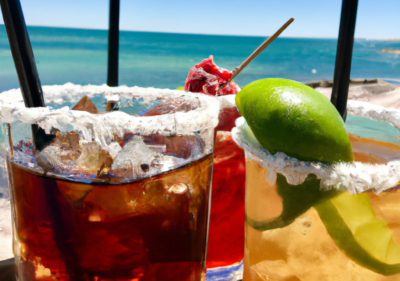
Cinco de Mayo commemorates the Mexican Army’s unlikely victory over the French Empire at the Battle of Puebla in 1862. It is not considered a major holiday in Mexico, however, the day has evolved into a significant cultural event in the United States. It has become a popular occasion for celebrating Mexican-American heritage, often involving lively festivities and traditional Mexican cuisine.
The story behind Cinco de Mayo dates back to the mid-19th century when Mexico faced heavy debt with European countries. In response, France, led by Emperor Napoleon III, sought to establish a French empire in the Americas and invaded Mexico in 1861. The French army, considered one of the most powerful and well-trained in the world, was expected to easily defeat the ill-equipped and underfunded Mexican forces.
Under the leadership of General Ignacio Zaragoza, the Mexican Army scored a surprising victory in the Battle of Puebla on May 5, 1862. The triumph provided a much-needed boost to Mexican morale and national pride as it became a symbol of resistance against foreign intervention and to represent Mexican resilience, courage, and unity in the face of adversity.
In the United States, the first Cinco de Mayo celebrations began among Mexican-American communities in the 1860s, primarily in California. Over time, the day evolved into an opportunity for Mexican-Americans to express their cultural identity and pride. As the Hispanic population has grown in the United States, the popularity of Cinco de Mayo has also grown. People across the United States now widely celebrate Cinco de Mayo by participating in an array of events and activities that showcase Mexican culture and history. Parades often feature vibrant displays of traditional Mexican attire, folkloric dance performances, and live mariachi music. Food plays a central role in the festivities, with many people enjoying traditional dishes such as tacos, enchiladas, and chiles rellenos, as well as iconic drinks like margaritas and Mexican beer.
The significance of Cinco de Mayo in the United States goes beyond the celebration of a historical military victory. It serves as a unifying event that bridges cultural gaps and fosters a deeper understanding of the contributions and experiences of Mexican-Americans.
Here are several excellent cocktail ideas:



